10 الأفكار التي حققت 100 مليون دولار

10 الأفكار التي حققت 100 مليون دولار
هناك احتمالات ، فقط عن أي شخص تتحدث معه سيكون لديك فكرة عن الأعمال التي يعتقدون أنها يمكن أن تجعل الملايين. على الرغم من أنه من السهل الحصول على الملاعب التجارية ، فإن تحويل هذه الأفكار إلى انتصارات هو لعبة جديدة كلية. ومع ذلك ، فإن العديد من أصحاب المشاريع الذين لديهم أفكار بسيطة وبدايات متواضعة تمكنوا من تحويل الأفكار إلى أعمال تجارية ناجحة.
عادة ما تتبادر إلى الذهن أسماء مثل بيل غيتس ، ولاري إليسون ، ومارك زوكربرغ عندما يفكر الناس في هؤلاء القلة المحظوظين الذين استفادوا من أفكارهم ، لكنك لست مضطرًا للعيش في وادي السليكون أو سياتل لتحويل فكرتك إلى ملايين.
إذن ما الذي يتطلبه الأمر لجعل 100 مليون دولار؟ قد يفاجأ. انقر فوق الأمام لرؤية 10 أشخاص والأفكار التي جعلت 100 مليون دولار أو أكثر!
بقلم ميشيل فوكس تم
التحديث في 15 يونيو 2012الصورة: Rubberball | مايك كيمب | غيتي صور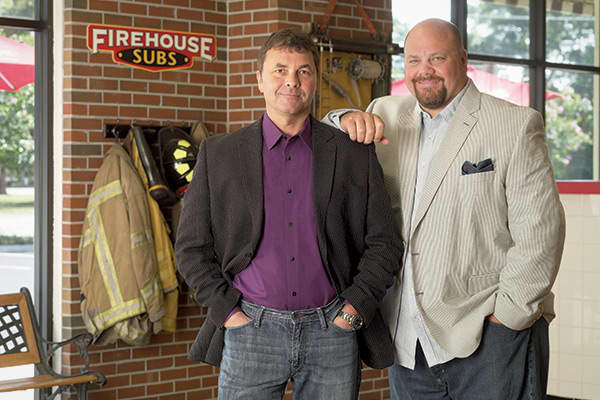
كريس وروبن سورنسن - Firehouse Subs
كان كريس وروبن سورنسن كلاهما من رجال الإطفاء في فلوريدا عندما توصلوا إلى فكرة فتح متجر ساندويتش على أساس تاريخ عائلتهم الذي استمر 200 عامًا في مكافحة الحرائق. في عام 1994 ، اقترض الأخوان على بطاقة ائتمان تابعة لأصهار روبن وفتحوا محلهم الأول ، مزينًا بمعدات النار ورسم جدارية مرسومة باليد تصور دائرة الإطفاء المحلية. حتى أنهم أعطوا أسماءهم مستوحاة من رجال الإطفاء مثل "هوك آند ليدر" و "شركة المحركات". عمل روبن في المتجر بينما استمر كريس في العمل بدوام جزئي في قسم الإطفاء.
في هذه الأيام وضع سورنسنز أيامه لمكافحة الحرائق. شركة Firehouse Subs هي الآن شركة امتياز مزدهرة ، مع 514 موقعًا للشركات والامتيازات في جميع أنحاء الولايات المتحدة - والأعداد مستمرة في النمو. وتخطط الشركة لمواصلة توسعها في الشمال الشرقي والوسطى والجنوب الغربي في
عام 2012. في عام 2011 ، حقق فايرهاوس سوبس مبيعات قدرها 284.9 مليون دولار في إجمالي مبيعات النظام.الصورة: Firehouse Subs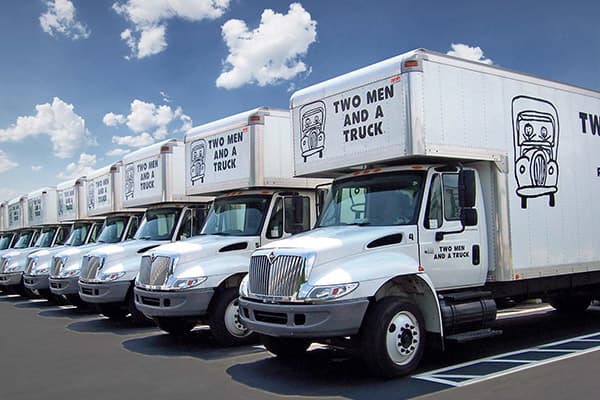
ماري إلين Sheets - رجلان وشاحنة
لم تتخيل ماري إيلين شيتس أبدا أن نقل القمامة سيتحول إلى شركة بملايين الدولارات. في أوائل الثمانينيات من القرن العشرين ، بدأ ابنا شيتز ، جون وبريج سارب ، في القيام بوظائف غريبة بالنسبة للسكان المحليين ، وذلك باستخدام شاحنتهم الصغيرة لنقل النفايات والفرشاة من أفنية الناس والأثاث المتحرك.
بمجرد ذهاب الأولاد إلى الجامعة ، استمر الهاتف في الرنين. لذا استأجرت ماري إيلين رجلين واشتريت شاحنة أخرى مقابل 350 دولارًا. في البداية كانت هواية ، ولكن في أواخر الثمانينيات ، تركت عملها للتركيز على العمل بدوام كامل. كما أنها اتخذت قرارًا آخر لتغيير الحياة: فقد قررت منح حق الامتياز.
Today, Two Men and a Truck has 224 locations in 34 states. Brig Sorber has replaced his mom as CEO, but Mary Ellen Sheets still serves on the board of directors and Jon Sorber is an executive with the company. In 2011, Two Men and a Truck conducted 353,761 moves and had a total of $220 million in sales.Photo: Two Men and a Truck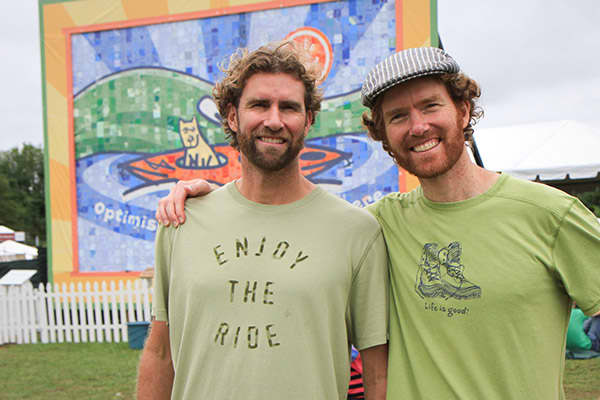
Bert and John Jacobs — Life is Good
Bert and John Jacobs designed their first t-shirts in 1989 and hawked them on the streets of Boston and at colleges along the East Coast. But for five years, success eluded them. Then, in 1994, they struck upon the idea to use a design of a cartoon figure called Jake and the motto “Life is good.” People seemed to embrace the simple message of optimism — the shirts were a hit at a local street fair and retailers soon became interested.
Now Jake’s face and motto are on more than just shirts. You can find him and other characters smiling on products from towels and totes to coffee mugs and dog leashes. And life sure is good now for Bert and John Jacobs. Business is booming, with 2011 sales coming in at about $100 million.Photo: Life is good
Sara Blakely — Spanx
One night, Sara Blakely cut off the bottom of her pantyhose and the idea of Spanx was born. Armed with $5,000 in savings, Blakely researched and wrote her patent for footless pantyhose and drove around North Carolina begging mill owners to make her product. Most told her it would never sell, but one owner decided to take a chance and help her make her “crazy idea.”
In 2000, her prototype was perfected and she started hitting up high-end department store buyers. In the first three months, she sold over 50,000 pairs from the back of her apartment. Now her “crazy idea” has grown to include a full range of products that are sold around the world, and Blakely is soaring high. In March, she landed on the Forbes World’s Billionaires 2012list, which estimated the company’s revenue at just under $250 million.Photo: Joe Kohen | WireImage | Getty Images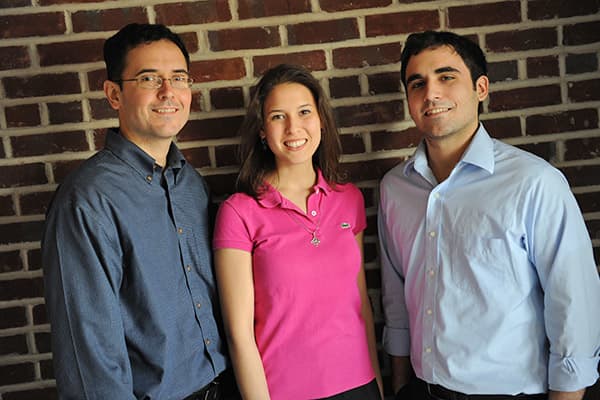
Geoff, Dave and Catherine Cook — myYearbook
Siblings Dave and Catherine Cook had just moved to a new high school in when they came up with the idea of an online yearbook to meet new friends. To get started, they turned to their brother, Geoff Cook, who had already started and sold a business while in college. In 2005, Geoff became the first investor and CEO of myYearbook. Within the first nine months, the site had 1 million users. As the company grew, it left the high school realm and started connecting people in general.
In November 2011, social networking site Quepasa bought myYearbook for $100 million in cash and stock, and in June of this year myYearbook was rebranded as MeetMe. All three siblings still work at the company, with Geoff Cook as the COO.
The next big milestone for MeetMe is its merger with Quepasa, which will bring the number of users from 40 million to 80 million, according to Geoff Cook.Photo: MeetMe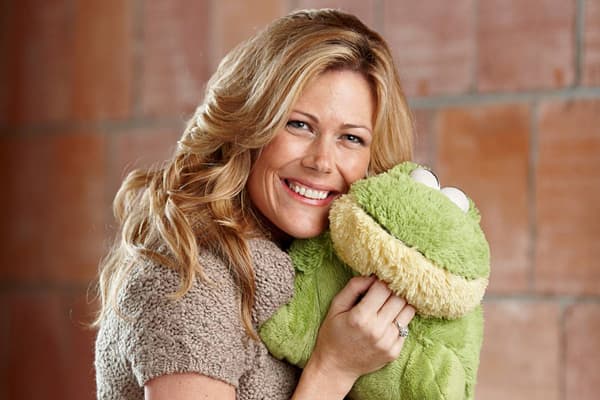
Jennifer Telfer — Pillow Pets
The idea for Pillow Pets dawned on Jennifer Telfer after watching her young sons smash down their stuffed animals in order to sleep on them like a pillow. She set about creating stuffed animals that unfolded into plush pillows.
She and her husband decided to wholesale the products themselves in 2003 through their company, CJ Products, and began by hawking them at a mall kiosk during the holiday season. By the end of the year, after Jennifer introduced Pillow Pets at a home show, they were nearly sold out. The cuddly toy has since exploded, with $300 million in sales in 2010.Photo: Pillow Pets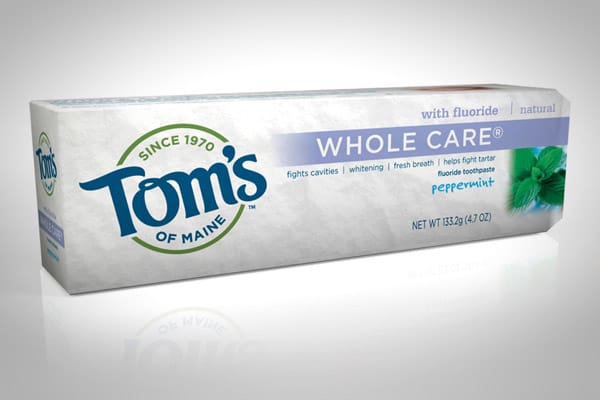
Tom and Kate Chappell — Tom's of Maine
Tom and Kate Chappell moved to Maine in 1968 hoping to simplify their lives. When they found it difficult to find natural, unprocessed foods and products, they decided to create and sell what they were looking for themselves. They borrowed $5,000 to start Tom’s of Maine in 1970, and peddled all-natural shampoo and personal care products to natural food stores. Their breakthrough came five years later when they launched their leading product — Tom’s of Maine toothpaste.
By 1999, sales surpassed $40 million, and in 2006 Colgate Palmolive bought 84 percent of Tom’s of Maine for $100 million. Now the Chappells have a new venture — Rambler’s Way Farm, which creates wool garments.Photo: Tom's of Maine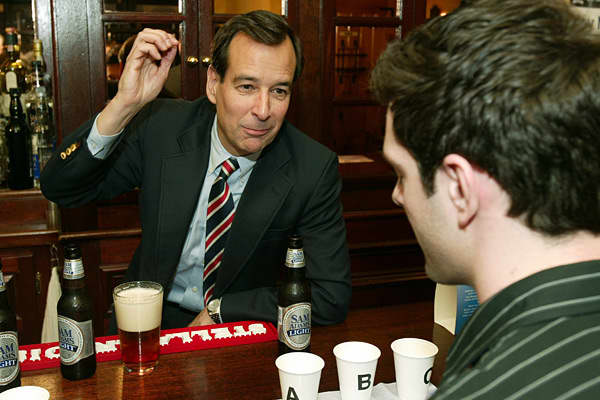
Jim Koch – Boston Beer Company
You could say beer is in Jim Koch’s blood. His father was a fifth-generation brewer but Jim left the family business as a few big brewers took over the market. Koch returned to his roots when he saw people were starting to crave something different. He dug out his great-great grandfather’s recipe and started brewing in his kitchen. Once his sample brew was perfected, he left his job as a management consultant, and went door to door to Boston bars trying to sell Samuel Adams Boston Beer Lager.
Today the company is the largest craft beer brewer, with over 30 different beer styles. It still uses all-natural ingredients, which Koch travels around the world to hand-select, and employs traditional brewing methods.
The hard work has paid off. The company says it has won more awards in international beer-tasting competitions than any other brewery in the world. It’s also is a money maker – The Boston Beer Companypulled in $513 million in net revenue in 2011.Photo: Getty Images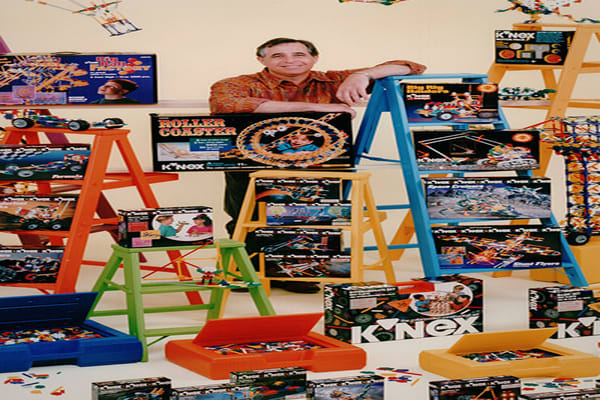
Joel Glickman — K’NEX
It happened at a wedding — Joel Glickman, then 50 years old and working in his family’s plastics business, was sitting at a table and starting cutting and connecting a bunch of straws together. His creation gave him an idea for a plastic construction toy. The idea soon became an obsession. After rejections from Hasbro and Mattel, Glickman decided to take a huge risk and shut down part of the family’s injection molded plastic business to make his toy himself.
In 1993, not long after K’NEX hit the market, Toys R Us’ founder said it was the best thing he’d seen in years. Four years later sales of the toy had grown to about $100 million. Glickman retired, but when the business suffered, he went back to work, and business is once again booming. The company anticipates it will have sales of approximately $100 million for 2012.Photo: K'NEX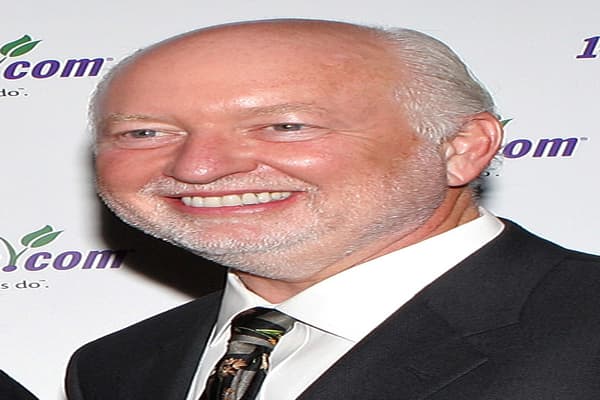
Jim McCann — 1-800-FLOWERS.COM
Jim McCann was a bartender and a social worker looking for a way to supplement his income when he bought a flower shop for $10,000 in 1976. That led to 13 more stores in the New York metropolitan area, but it wasn’t until he acquired the 1-800-FLOWERS phone number in 1986 that business really bloomed. McCann’s was the first company to put an 800-telephone number in its name, and the simple marketing idea paid off.
He also made sure technology didn’t leave him behind, seizing on the Internet as an opportunity as early as 1991. In 1999, 1-800-FLOWERS went public and add the .COM to its name. The company, which has also expanded by acquiring companies like The Popcorn Factory and Fannie May, reported $689.8 millionin total revenue in fiscal year 2011.Photo: Roger Kisby | Getty Images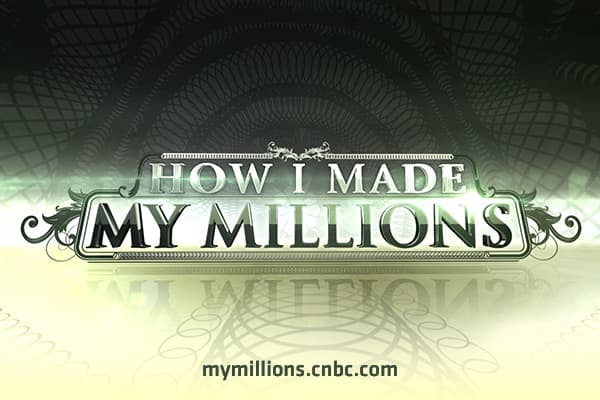
"How I Made My Millions"
Find out how everyday people have taken ordinary ideas and turned them into extraordinary businesses.










No comments:
Post a Comment